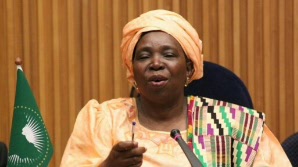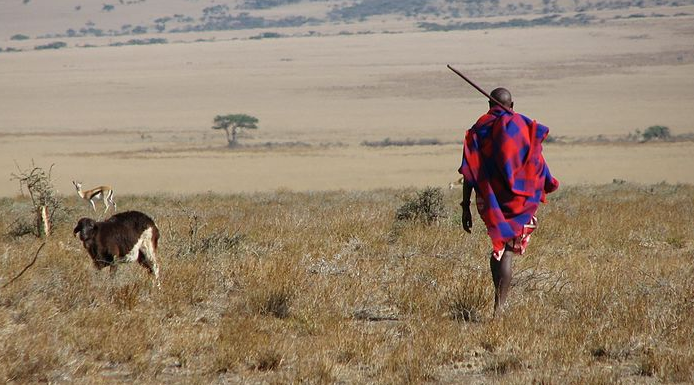Dr. Nkosazana Dlamini Zuma — future South African president?
As President Ellen Sirleaf Johnson of Liberia’s tenure ends in 2017, Africa will have no female of head of government apart from Catherine Samba-Panza who as the mayor of Bangui, the capital of the Central African Republic in 2014 was voted by parliament as the transitional leader of the country as it was ending its ethno-religious conflict and gets stabilized for general elections.
Of course this pattern of choosing a woman to transition out of conflict started in Liberia, when Ruth Perry was chosen to lead one of the transitionary governments in Liberia in 1996.
In Rwanda, Agathe Uwiringiyimana was Prime Minister for a short time from July 1993 to April 1994 and was assassinated as part of the events leading to the genocide. Her leadership was not considered exemplary but this fate of been considered bad leaders still marks female leadership in middle and low income countries.
Consider, Dilma Rousseff in Brazil and Park in South Korea. Both women were impeached for graft and corruption which they didn’t directly benefit from. In both societies, male leaders with direct evidence of profiting from corruption were not as severely punished.
Currently, the only country in Africa that seems to have an up swell of cry for female leadership is South Africa. Given that South Africa’s ANC has led the way in having women in parliament, it is reasonable to expect that the party would also lead in having a woman stand for election as President.
Of course South Africa and all the countries in Southern Africa that had long liberation struggles that went on till the late 20th century tend to view female leadership differently than other parts of Africa were independence struggles were relatively short and ended mostly in the early 1960’s.
This difference means that Southern and Eastern African countries have been leading in putting women in parliament in Sub-Saharan Africa. From the Inter-parliamentary Union data which starts in 1997, South Africa and Mozambique had the highest percentages of women at 25% and 25.2% of females in parliament in Africa that year.
This is attributed to the liberation organizations, ANC and FRELIMO in both countries which transformed into political parties. Such organizations had to depend on women to carry out many activities during their struggles because women were less suspicious to the security agents and could carry out surreptitious activities while raising less repercussion of arrest and prosecution. After such parties attained political power it was important to find a place at the table for women who had played active roles towards liberation.
Therefore, in both situations women quotas were included in the party constitutions from the start. The same can be said for South West African People’s Organization (SWAPO) in Namibia which imposed female quotas on itself from the 1992 elections on. Eritrea which had a long struggle for liberation from Ethiopia was also at the top of the list of countries with high percentage of women in parliament in 1997.
It therefore indicates that a long armed struggle for freedom leads to acceptance of leadership roles for women.
The academic literature indicates that women tend to be less corrupt, focus more on health and education as priority in governance and also serve as avenues for issues that affect women’s lives to be included in public discussion.
Africa more than anywhere else on earth currently needs these areas that women seem to excel in.
But from happenings in other parts of the world, it is necessary to focus not only on getting women into leadership but to get them to stay long enough to change the culture of governance.
Already African countries are leading the way in percentage of women in parliaments and it will be reasonable to expect that the more women are seen as participating in leadership as legislators the easier it will be for societies to view women as executive leaders of countries. Parliamentary representation is different from women ministers because they ran for elections on their own recognition and didn’t get to leadership by appointment from a male executive so they tend to have legitimate grass-root support.
In Asia, female leadership has arisen from paternal and spousal relationships with men. From Indira Ghandi, to Benzir Bhutto, to the Sheikh Hasina and Khaleda Zia of Bangladesh. Even Park of South Korea. The same is true of South America, for example in Argentina, twice, female leaders followed their husbands. In Brazil, Dilma Rousseff did not have a paternal or spousal relationship but was the mentee of a male leader, who basically turned the presidency over to her.
The most successful current female leader is Angela Merkel she is not known for any association to a male leader either as a mentee or familial connection. She is viewed as a totally independent politician in her own right and it may be that female politicians get punish or tainted by the male leader they are associated with be it familial or not.
Women who independently attain leadership may be viewed by the public more favorably than those that seem to have attained their positions through association or connection to men.
This may be the Achilles heel that did Hillary Clinton in, in the 2016 US presidential elections.












